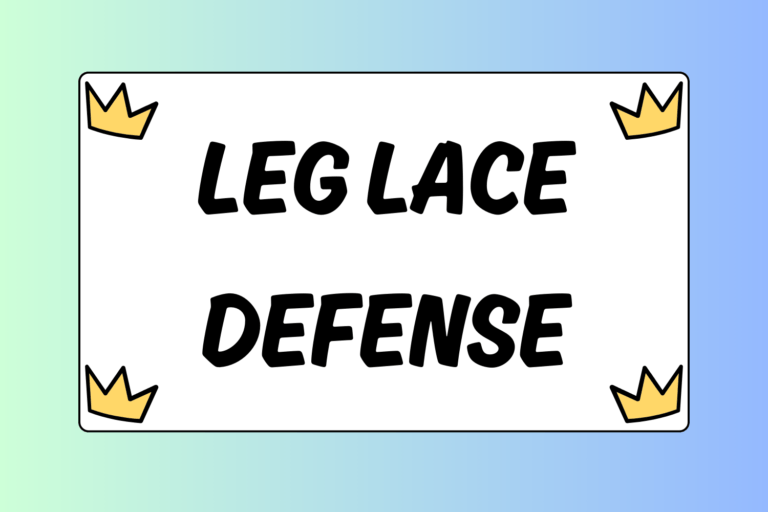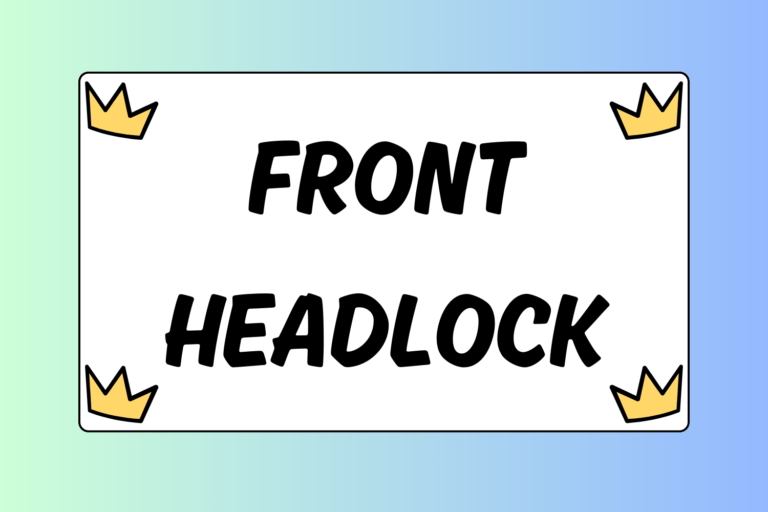The cheap tilt, also commonly known as a “2-on-1 tilt,” is one of the most common techniques used from the top position in folkstyle wrestling. In the cheap tilt, you take control of one of your opponent’s arms in order to take control of his body and hips, and then turn him to his back. The maneuver is called the “cheap” tilt because it’s a maneuver used to score quick and easy back points from the top position — and it’s easy because it’s difficult for opponents to defend against. Every wrestler should understand how to use the cheap tilt in order to score easy back points from the top position. Read the following steps closely so you can start drilling this technique.
Step 1: Break Him Down Flat
While you can do the cheap tilt when your opponent is still on his knees, the most effective way to earn back points with this maneuver is to first break your opponent down flat. The best way to do this is by using an arm-chop. When you break your opponent down flat, make sure you are in a good position: Straddle one of your opponent’s legs with both of your legs, and use your chest to keep your weight on the center of his back.
Step 2: Secure the 2-on-1
To turn your opponent over to his back with the cheap tilt, you must secure a 2-on-1. To start this move, reach underneath your opponent’s body and control his wrist. Go for whichever wrist that’s on the side of your opponent’s body as the leg you’re straddling. If you want to control his left wrist, reach underneath his body with your right arm and use an overhanded grip (palm and fingers facing down) on the wrist. (You will reach with whichever hand is opposite of the wrist you want to control.)
Next, you will secure another grip on the same arm with your other (free) hand. Use your other (free) hand — that is on the same side of your opponent’s body as the arm being controlled by your other hand — to reach underneath his body and grab his forearm. Secure it using an overhanded grip on his forearm right near the bend of the elbow.
Now, use both of your arms to pull your opponent’s arm in towards his midsection; this hold is commonly referred to as a “seat belt.” This hold allows you to control his body and force his shoulders to turn towards the mat.
Hot Tip: 2-on-1
Options The traditional way to do a 2-on-1 is to control one of your opponent’s forearms with your nearest hand (if controlling his left arm, your left arm is your near hand). However, many wrestlers find success with this move by simply using their near hands to pull their opponents’ elbows from the outside of his own arm and in towards his midsection.
Step 3: Knee in the Hip
Place your knee — of whichever leg is on the same side of your opponent’s body as the arm you’re controlling — tightly against his hip. This is now your bottom leg. This allows you to drive your opponent’s hips over your bottom leg. Stay tight with your opponent by keeping your chest in contact with his back. By doing this, you will maintain control over his body and will soon be able to earn easy back points.
Step 4: Drive & Roll
While keeping the 2-on-1 tightly secured, drive your opponent’s hips over your knee, slightly towards the arm you’ve secured. You may need to use your free leg’s knee to help push your opponent’s buttocks in order to get your opponent’s body on top of your leg. As you drive him over, roll to your side — to the same side as your opponent’s controlled arm. Keep pulling the 2-on-1 tightly in order to turn his body. The goal here is to eventually trap your opponent’s hips on top of your bottom leg.
Step 5: Position Your Hips & Legs
Your opponent’s hips should now be resting on your bottom leg. From here, plant your bottom foot on the mat and pull your knee up towards the ceiling. This will trap your opponent’s hips and make it extremely difficult for him to get back on his stomach. With your bottom knee pointed up, keep pulling the 2-on-1 tightly, and force your opponent’s shoulders towards the mat. Note: Make sure not to lie completely on your back. This may cause you to be pinned.
At this point, your opponent’s body will be slightly diagonal in relation to yours. Your opponent will try to move his body away from you in this position in an attempt to create space between your bodies so he can get back on his stomach. If he tries to move away from you, “scoot” your hips in towards his body to keep his hips trapped on yours. Try to keep your hips in contact with his body throughout the entire move.
Place your free leg underneath your opponent’s bottom leg in order to lift his hips upwards. (His bottom leg is whichever leg is on the same side of his body as the hip you put your knee into in Step. 3.) Use the top bend of your foot to control his upper leg, near the bend of his knee or above. This will allow you to use his own body as leverage to angle his shoulders toward the mat.
Step 6: Hold & Score
From here all you have to do is maintain a strong position while the referee awards you back points. Remember to keep the 2-on-1 tight against your opponent’s body and keep your hips close to him. Keep his shoulders angled towards the mat until the referee awards you the maximum amount of points (3). From here, you can work to pin your opponent or allow him to get back to his stomach so that you can turn him again for even more points. While it is very difficult to get a pin in this position, it can happen.
Go-to Technique
The cheap tilt is the go-to technique for many wrestlers, meaning this is the first move they look to use when they really need points. The only way to turn this into your go-to technique is to drill this move in daily training. Before long, you will be catching opponent’s with this move when they least expect it. Good luck!





